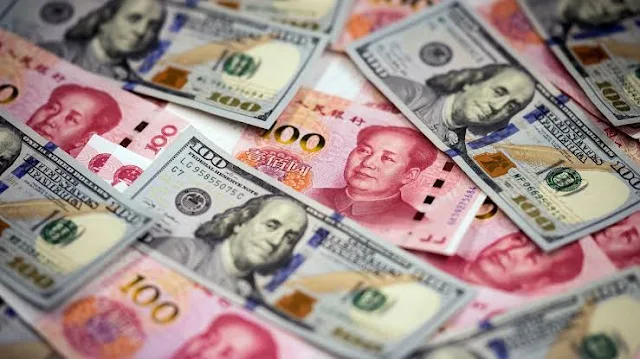This movement reflects the ongoing dynamics in the foreign exchange market. In China's spot foreign exchange market, the yuan is given a certain level of flexibility, allowing it to fluctuate by up to two per cent from the central parity rate on a daily basis.
The central parity rate of the yuan against the dollar is determined by taking into account a weighted average of prices provided by market makers before the opening of the interbank market each business day.
This methodology ensures that the central parity rate reflects the prevailing market conditions and provides a reference point for market participants. The adjustments in the central parity rate reflect changes in supply and demand dynamics, as well as factors influencing the value of the currency.
The movement in the central parity rate indicates the relative strength or weakness of the yuan against the dollar. A weakening of the central parity rate implies that it takes more yuan to purchase one US dollar. This can have implications for various stakeholders, including importers, exporters, investors, and policymakers. Changes in the exchange rate can impact the competitiveness of Chinese exports, the cost of imports, and the overall balance of trade.
The flexibility allowed in the spot foreign exchange market enables market forces to play a role in determining the value of the yuan. The two per cent band within which the yuan can fluctuate provides a degree of stability while allowing for market-driven adjustments. This mechanism helps in avoiding sharp and sudden currency movements that could disrupt financial markets and trade flows.
The central parity rate is an important benchmark in the foreign exchange market and serves as a reference for market participants in their trading activities. It provides a starting point for market makers to quote exchange rates and facilitates smooth transactions. Market participants closely monitor the central parity rate and its movements as they assess the current and future outlook for the currency.
The Chinese authorities maintain a cautious approach to managing the exchange rate of the yuan. While allowing for flexibility, they also employ measures to maintain stability and prevent excessive volatility. This approach is aimed at promoting a balanced and orderly foreign exchange market that reflects the underlying economic fundamentals.



